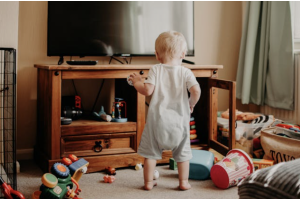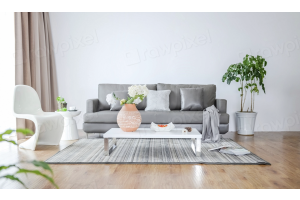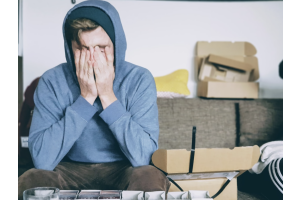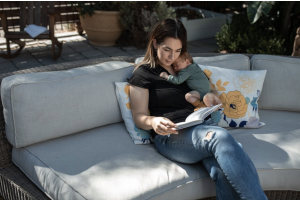Why More Homeowners Are Going Green With Their Roofs
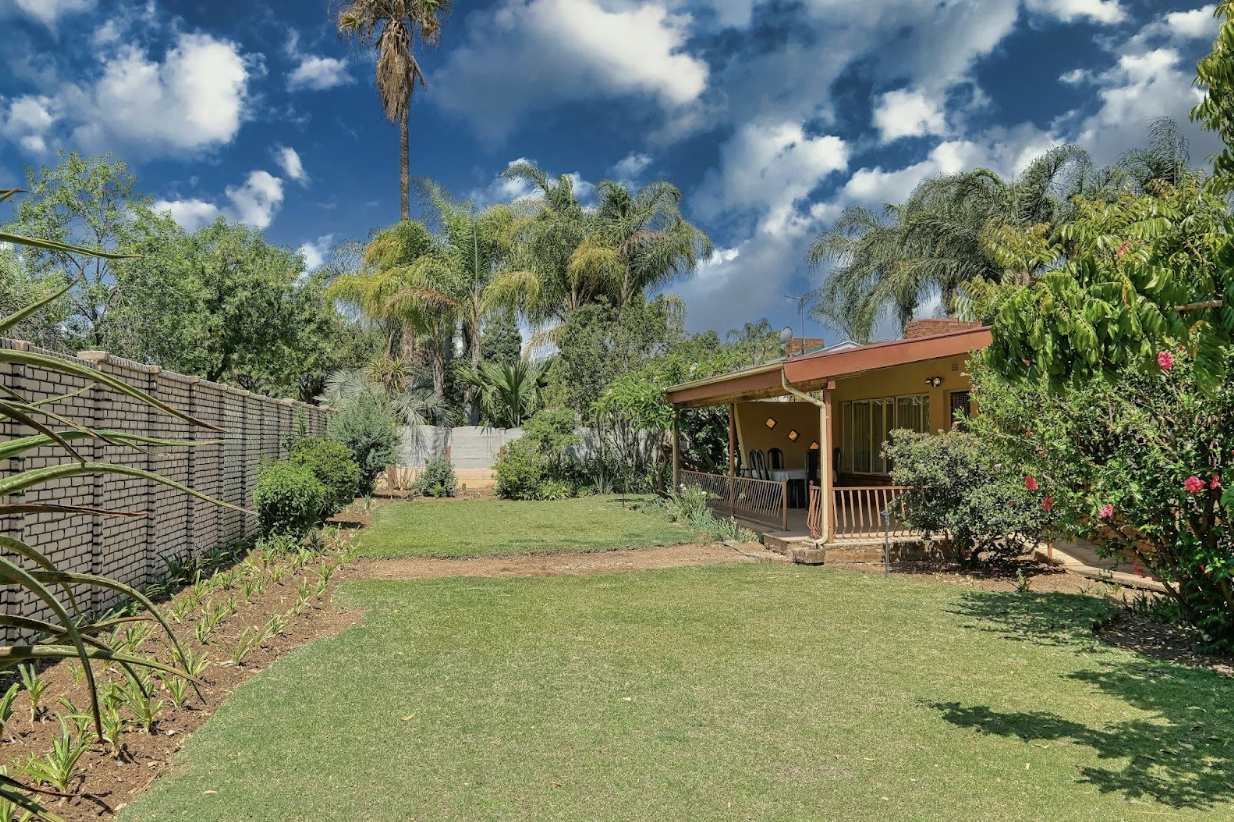
Sustainability has shifted from being a niche concern to a mainstream priority for homeowners. From energy-efficient appliances to solar panels, people are constantly seeking ways to reduce their environmental footprint while saving money. One area gaining significant attention is the roof. Once considered purely functional, now a focal point for eco-friendly innovation. Green roofing options, whether through materials, design, or technology, are transforming homes across neighborhoods. The appeal is rooted in practical benefits and environmental responsibility, making this trend much more than a fad. Here’s why more homeowners are choosing to go green with their roofs.
Lowering Energy Costs Through Efficiency
One of the strongest motivations for homeowners to consider green roofing is the significant savings on energy bills. Traditional roofs tend to absorb heat, forcing cooling systems to work harder during summer and increasing heating needs in winter. Different sustainable and eco-friendly roofing solutions, such as reflective cool roofs, solar-integrated systems, or living roofs with vegetation, provide natural insulation and reduce temperature fluctuations indoors. This leads to more comfortable living conditions year-round while easing the burden on HVAC systems. The energy savings offset the initial investment and create a more cost-efficient and environmentally responsible home.
Environmental Benefits and Reduced Carbon Footprint
Green roofs make a tangible difference for the planet. By choosing sustainable materials like recycled shingles, metal, or solar-integrated panels, homeowners reduce demand for resource-heavy production processes. Living roofs, which involve planting vegetation directly onto the roofing surface, improve air quality by filtering pollutants and producing oxygen.
These roofs absorb carbon dioxide while reducing stormwater runoff that would otherwise contribute to flooding and water pollution. For environmentally conscious homeowners, installing a green roof is an impactful step toward living more sustainably.
Durability and Longevity of Eco-Friendly Materials
Contrary to the misconception that eco-friendly products are less durable, many green roofing materials actually outlast traditional options. Metal roofs, for example, can last 50 years or more with minimal maintenance, while recycled composite shingles resist cracking and warping. Vegetative roofs protect the underlying layers from UV exposure and weathering, extending their lifespan significantly.
This durability means fewer repairs, less waste ending up in landfills, and fewer resources spent on replacements. For homeowners, this translates into peace of mind knowing their investment will stand the test of time while still being environmentally responsible.
Increased Property Value and Market Appeal
Today’s homebuyers are increasingly drawn to properties that align with sustainable living practices. A green roof enhances curb appeal and signals energy efficiency and lower long-term operating costs. Real estate studies suggest that homes equipped with eco-friendly features often command higher resale prices and sell faster in competitive markets. Homeowners take pride in showcasing a commitment to sustainability. As buyers become more eco-conscious, properties with green roofs stand out as forward-thinking and desirable, making them a smart investment for the future.
Supporting Local Ecosystems and Biodiversity
Green roofs can play a critical role in supporting local ecosystems in urban areas where green space is limited. By cultivating plants, flowers, and even small shrubs, these roofs provide habitats for birds, pollinators, and beneficial insects.
They act as miniature ecosystems that contribute to biodiversity while reducing the heat island effect common in densely populated areas. Some cities even encourage or incentivize green roofing projects to help balance environmental challenges. For homeowners, installing a green roof is about contributing to healthier communities and more vibrant natural surroundings.
Incentives and Government Support
Another factor driving the rise in green roofing is the availability of financial incentives. Many local governments and utility companies offer tax credits, rebates, or grants to homeowners who invest in eco-friendly roofing solutions such as solar panels or reflective surfaces.
These programs make it easier to justify the upfront cost and accelerate the return on investment. In some regions, green roofs are even required for new construction on certain building types, underscoring their importance in sustainable development. For homeowners, tapping into these incentives is a practical way to align personal financial goals with broader environmental initiatives.
The growing popularity of green roofs reflects a broader shift toward responsible and efficient homeownership. By lowering energy costs, reducing environmental impact, enhancing durability, and boosting property values, these roofing options provide immediate and long-term benefits. Beyond personal advantages, green roofs contribute to healthier ecosystems and align with government-supported sustainability initiatives.
As awareness spreads and technology continues to advance, going green with your roof is becoming an eco-friendly choice and a smart, forward-thinking investment. For homeowners eager to make a difference while reaping practical rewards, the rooftop is the perfect place to start.

